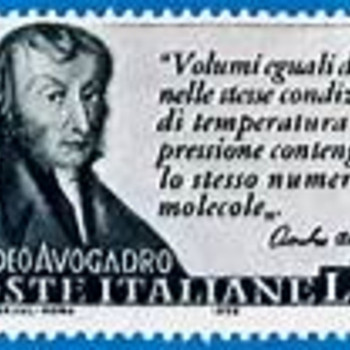What mass of carbon dioxide and sulfur dioxide result from oxidation of a #76*g# mass of carbon disulphide?
1 Answer
Look at your stoichiometric equation......
Explanation:
The stoichiometric equation says that
As you can see in the numbers, garbage in equals garbage out. That is the mass of products, NECESSARILY EQUALS the mass of reactants.
For background on the use of moles to express mass, see [here and links.](https://socratic.org/questions/what-is-meant-by-the-term-one-mole-of-molecules?answerSuccess=1)
Just to add that carbon disulfide is quite a nasty reagent. Its smell is really offensive (we are talking dead dogs here), and it has an exceptionally LOW flash point......

